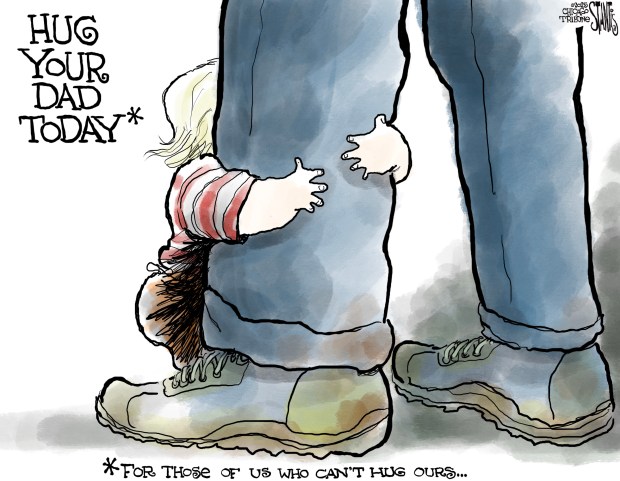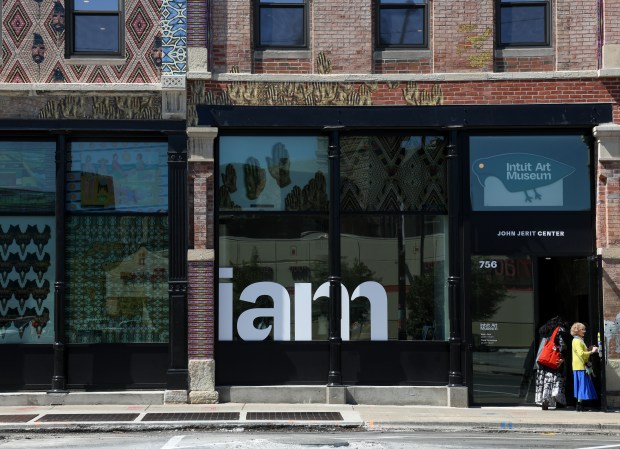“Where’s the money coming from?”
Over the past six years, whenever our coalition of faith leaders has met with mayors and aldermen about creating — by ordinance — a permanent Office of Gun Violence Reduction, we’ve heard little disagreement about the need for such an office or the benefit of establishing one by ordinance so that its course can’t be altered or changed by political whim. Everyone agrees it makes sense until the topic turns to money.
We have met with only a single elected official in Chicago who has said: Yes, we need this office, and this problem is so big we need to add more spending to our budget to tackle it properly. From every other aldermen and three straight mayors, all we’ve heard is: Can we just rearrange the money we’re already spending?
Perhaps that is changing in Chicago. Over the past year, we’ve heard repeatedly from Mayor Brandon Johnson’s office about $100 million commitments to anti-violence work, more than $200 million in new commitments to community safety. But many of our partners and neighborhoods couldn’t tell you they’ve seen a single penny of new funding for community violence interruption efforts or other needed preventive efforts.
So, we decided to ask: Where’s all this money going?
To begin with, the $200 million in allocations for community safety is, mostly, where funds to reduce gun violence aren’t. That line funds important work, such as $26.5 million for gender-based violence survivors and about $14 million for a city Community Safety Coordination Center, or CSCC. More than half of those funds are dedicated to police reform efforts, with a staggering $40.2 million directed straight to Chicago Police Department civilianization efforts. All of this is important work; none of it is specifically focused on preventing gun violence.
When it comes to the other $100 million, the mayor’s office claims it’s for “anti-violence programming, restorative justice work, and gender-based violence prevention and intervention” — in a news release that leaves the specifics more than vague.
According to correspondence with Deputy Mayor for Public Safety Garien Gatewood, those funds are scattered across the budget, as “resources for violence prevention are available from several departments, including the (Department of Family Support and Services), CPD, and (Chicago Department of Public Health).”
For example, Gatewood explained, “DFSS includes youth violence prevention … while CDPH includes our street outreach teams, victim services, CSCC, and other placed-based services.” Interestingly on this last point, the CDPH doesn’t list “street outreach” in its program summary budget, but according to its website, it funds 18 such organizations in 25 communities. Further investigation — made necessary by a pretty remarkable lack of transparency in budget claims and publicly available budget documents — leads to a report from the Better Government Association that the CDPH budget contains precisely $14.5 million for street outreach work, namely, “violence reduction programming.”
Let’s compare this $14.5 million from a small corner of the city budget to the goals of the broader Scaling Community Violence Intervention for a Safer Chicago, or SC2, initiative that unites government, violence intervention groups, and the philanthropic and business communities. SC2 announced in December that it was aiming to amass $400 million in funding for the next five years of work. The business community already raised $66 million toward its goal of $100 million.
Faith leaders: City Hall must step up to the plate and provide more funding for violence prevention
The city of Chicago has committed $14.5 million this year to community violence intervention work. Our city is barely kicking in to reduce gun violence within its own borders. Play that over five years, and the cumulative total from the city would be less than philanthropists have already donated this year.
That needs to change. We have a plan to make that change permanent.
The proposed ordinance to create an Office of Gun Violence Reduction calls for an appropriation to pay for the office: “Each fiscal year shall be no less than 1.5% of the City of Chicago’s approved corporate budget.” Fundamentally, the ordinance requires a bare minimum for city expenditures to reduce gun violence. It says where the money is coming from, namely, our tax base — the same tax base being used to allocate $100 million for even more police reform funding and $50 million to settle one police misconduct case.
The proposed ordinance allocates a major increase over the current spending, a proper commitment to the SC2 on a par with the city’s peers. The money comes from the citizens through their tax dollars. And, as for where the money goes, the proposed ordinance also calls for monthly reporting on all spending, allocations that are to be in keeping with a five-year plan that is supervised and approved by a community advisory committee. The money can’t be reallocated, and regular reports will ensure the public can hold elected officials accountable for using tax dollars dedicated to reduce gun violence for precisely and only that purpose.
It is time for Chicagoans to stop having to wonder about urgent needs, “Where’s the money coming from?” It is time for us to demand our elected officials create, by ordinance, an Office of Gun Violence Reduction so that we can dictate where our money is going, to prevent gun violence and to save lives.
Chicago faith leaders Rabbi Seth Limmer and the Rev. Otis Moss III, the Rev. Ciera Bates-Chamberlain and the Rev. Michael Pfleger joined the Tribune’s opinion section in summer 2022 for a series of columns on potential solutions to Chicago’s chronic gun violence problem. The column continues on an occasional basis.
Submit a letter, of no more than 400 words, to the editor here or email letters@chicagotribune.com.




